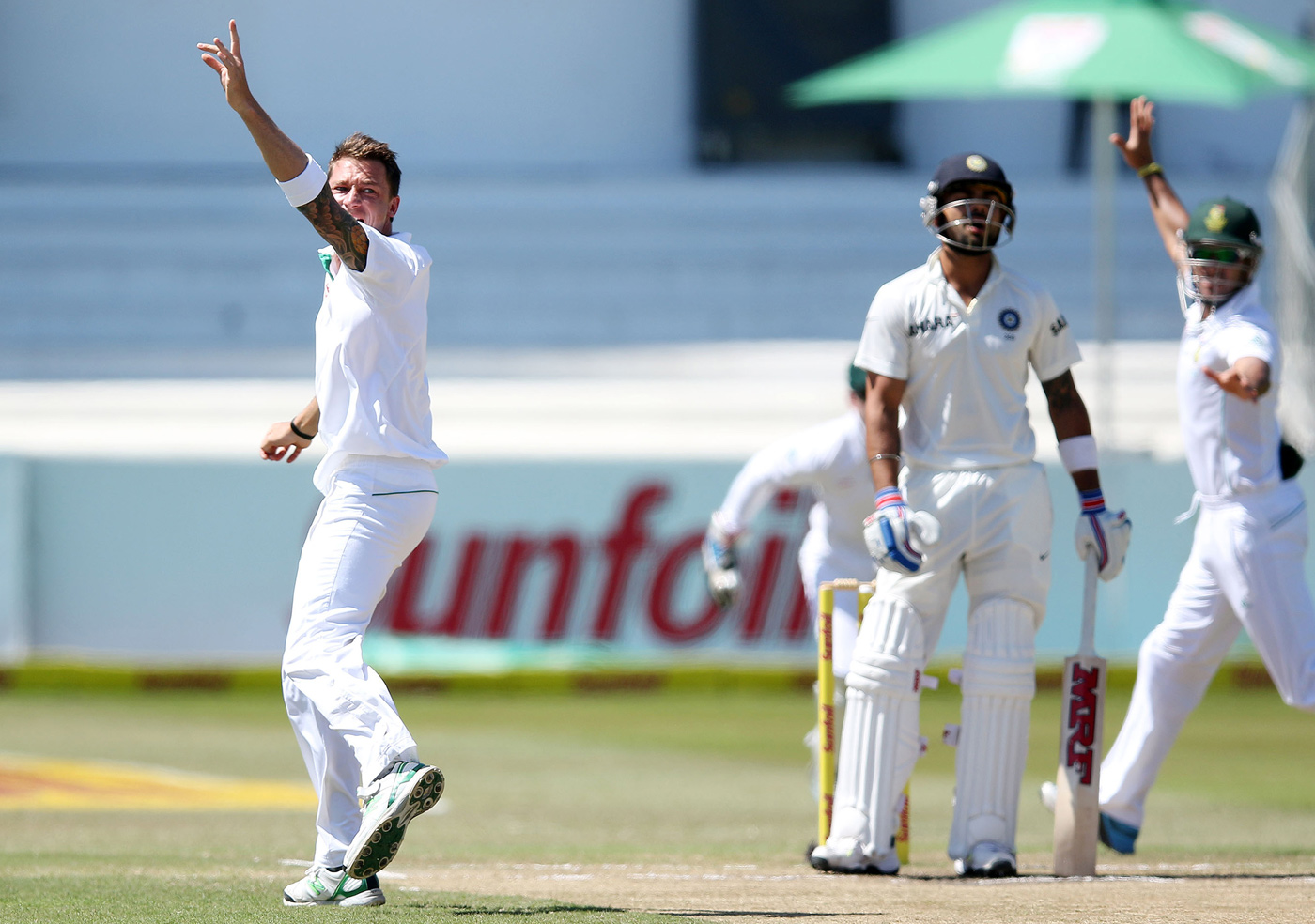The theory of multiple universes was developed by an academic physicist called Hugh Everett. He was proposing an answer to the famous paradox of Schrödinger's Cat, a thought experiment in which the animal is both alive and dead until observed in one state or the other.
Everett's idea was that every outcome of any event happened somewhere - in the case of the cat, it lived in one universe and died in another. All possible alternative histories and futures were real. It was a mind-bending thought, but then the sub-atomic world operates on such scales. Everett's idea was dismissed at first, and wasn't accepted as a mainstream interpretation in its field until after his death in 1982. Like most theories in physics, its nature is essentially ungraspable by the layman - certainly by me - but superficially it chimes with one of the sports fan's favourite question, the "what-if". And after all, the DRS has produced a moment when a batsman can be both in and out to exactly the same ball.
There came a point during the fourth Test in Melbourne, as Monty Panesar bowled to Brad Haddin with Australia at 149 for 6 in reply to England's 255, when Monty had what looked like a stone-dead LBW shout upheld. Haddin reviewed, as the match situation demanded he must, and the decision was overturned by less than the width of a cricket ball.
In the second Test in Durban, Dale Steyn delivered the first ball of the final day to Virat Kohli with India on 68 for 2, 98 runs behind South Africa. The ball brushed his shoulder and the umpire sent him on his way. India don't use DRS, and so the on-field decision stood.
When the fans of the future stare back through time at the scorecards of both games, they will look at wins by wide margins - eight wickets for Australia and ten wickets for South Africa. They might not notice these "what-if" events.
Yet it's worth a thought as to what might have happened should England have had another 50 or 60 runs in the bank on first innings, and India the in-form Kohli at the crease to take the morning wrath of Steyn. Test cricket has a capacity to develop thin cracks into chasms as wide as the cracks in a WACA pitch, and the game is full of subtle changes that discharge their payload further down the line.
The thought that somewhere out there is a universe without DRS for England and with it for India is no consolation to the losing sides, but such moments highlight the ongoing flux within the system.
As soon as Kohli was fired out, Twitter was filled with comments along the lines of: "Bet they wish they had DRS now", but as one voice amongst the clamour noted: "India don't deserve poor umpiring because they don't want DRS."
That point had weight. Even in games without the system it retains its impact because it has reshaped the way umpires and players approach the game. India will, for example, still have batsmen given out leg before wicket while stretching well down the pitch in the post-DRS manner, because the worldview of the umpire has been changed by what he has seen on its monitors. Players bat and bowl differently, and umpires give different decisions, because of what DRS has shown them.
The retirement of Graeme Swann was something of a milestone in this respect. His career would have been significantly altered had he not been such a master of exploiting the conditions created by DRS. He knew how to bowl to get front-foot LBW decisions. In response, batsmen have had to adapt their techniques when playing spin bowlers.
In this way and in others, DRS has become knitted into the fabric of Test cricket, whether it is being used or not. Were it to be withdrawn now, its effects would still exist, and irrevocably so.
But India's aversion still has its merits. It's now thuddingly obvious that DRS will never be used for its original purpose, the eradication of the obvious mistake. Instead, it has, in a classic case of function-creep, become the sentry of the fine margin, inserting itself into places where its own deficiencies are highlighted. The Ashes series in England was inflamed by a malfunctioning Hotspot. The Ashes series in Australia has revealed that umpires no longer seem to check the bowler for front-foot no-balls.
The outsourcing of DRS technology remains a paradox worthy of Schrödinger. TV companies have to pay for it, and the developers of the system have a commercial reason to stress its accuracies. Such truths sit uneasily with the notion of fairness and impartiality. Similarly, players have been radicalised into ersatz umpires, having to choose whether or not to have decisions made. Such randomness also impinges on impartiality.
It's hard to think of something more implacable as a piece of machinery, and yet cricket has found a way to politicise it, and it's this, at heart, where India's objections lay. They have a point.
.

No comments:
Post a Comment